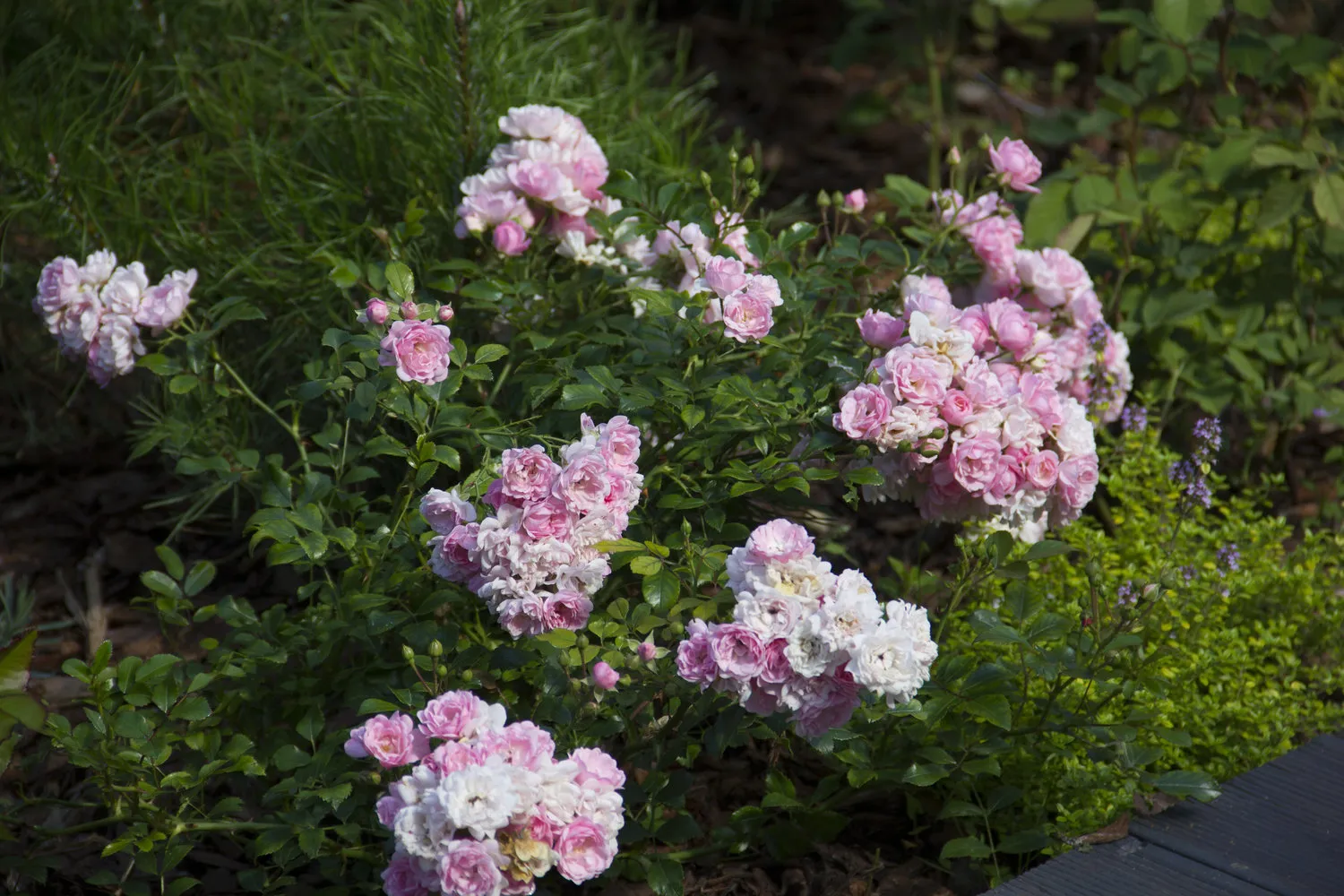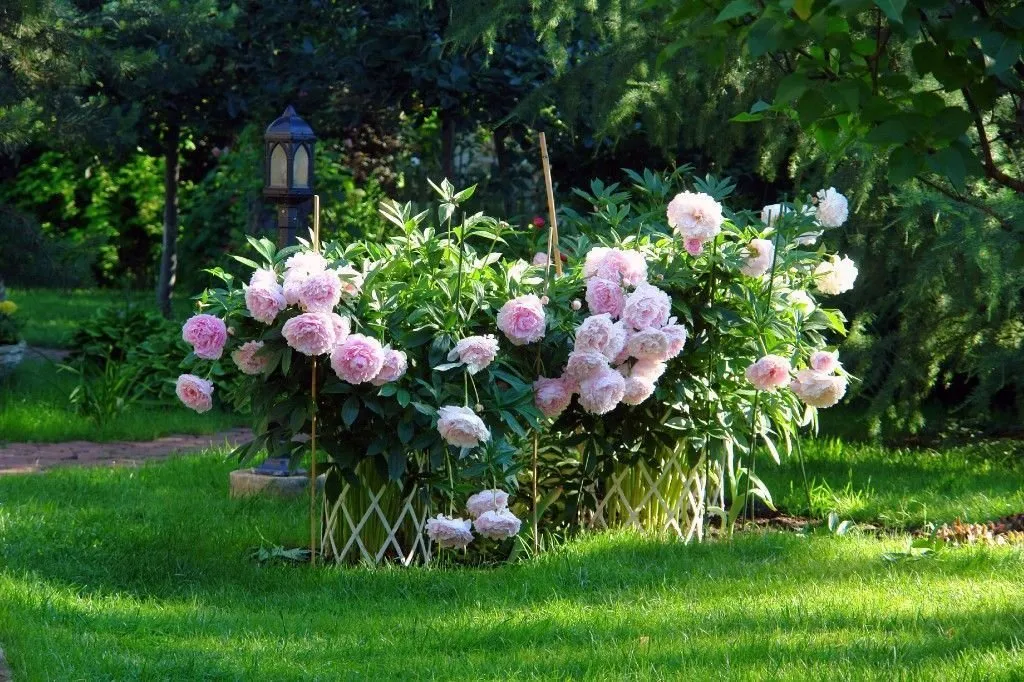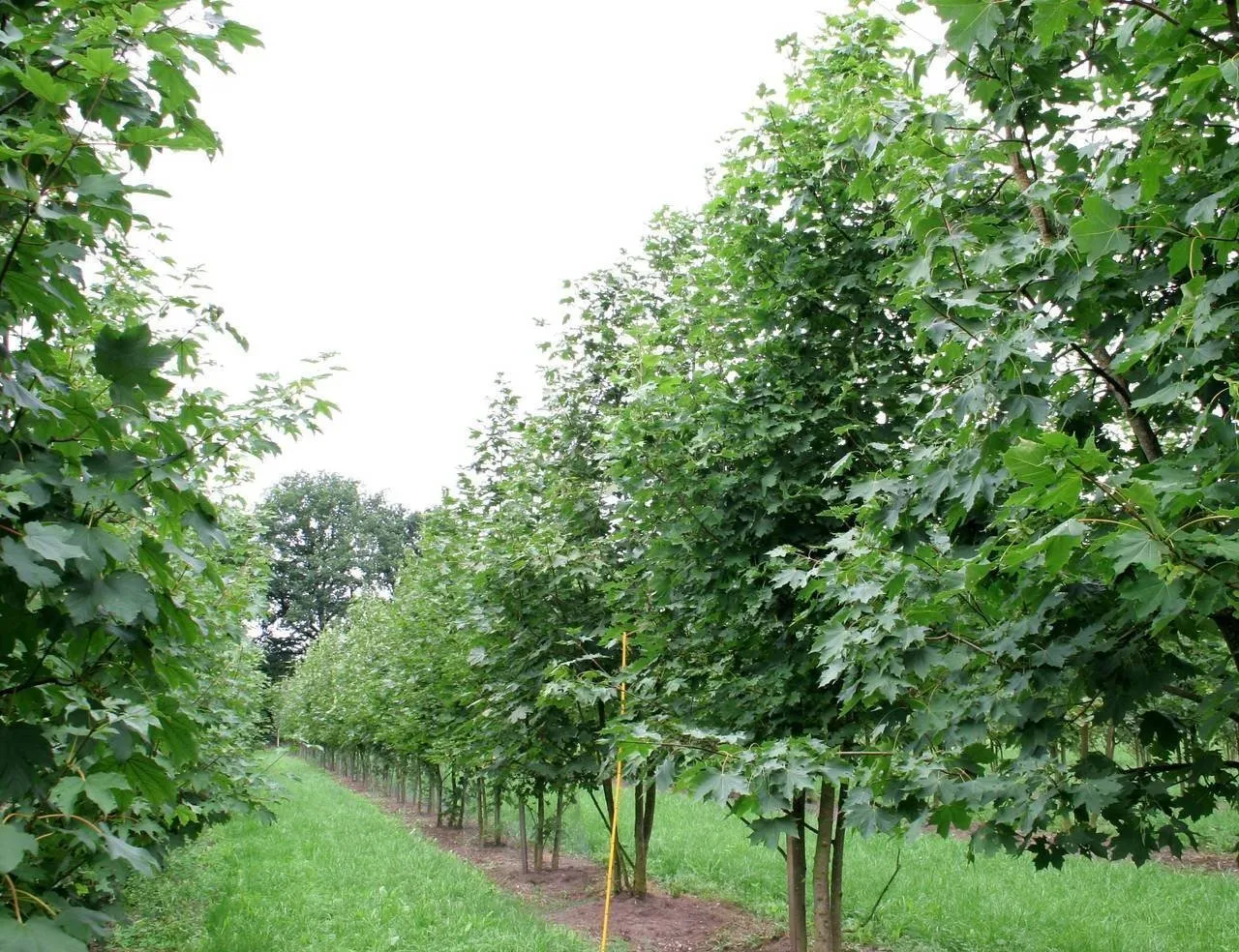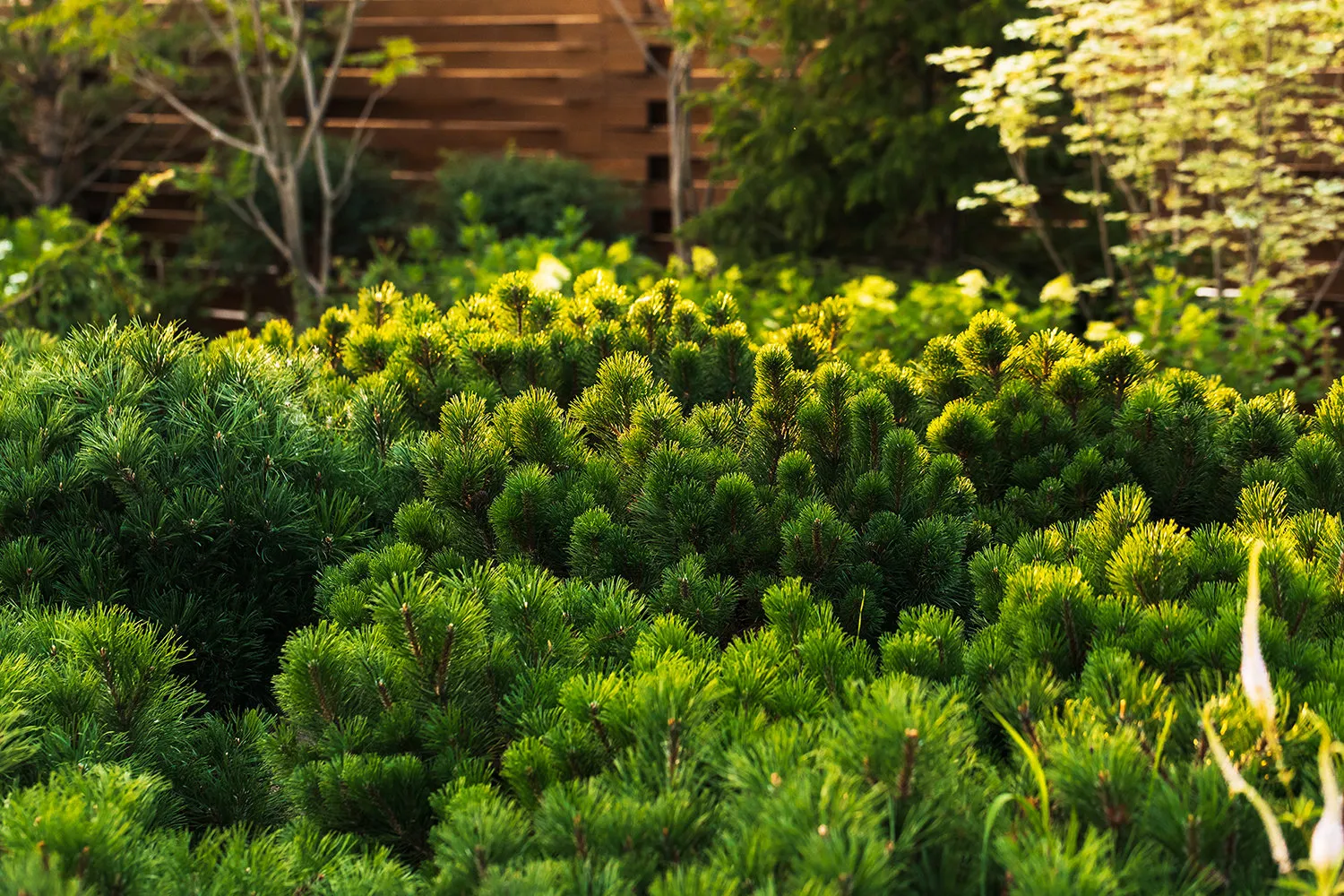There can be your advertisement
300x150
Everything You Need to Know About Autumn Plant Pruning
Often, when buying plants, sales consultants tell you how to properly prune plants in autumn. But few think about the fact that this can cause damage to them. In warm weather, you may accidentally stimulate their growth.
We learned from experts at Derevo Park studio why autumn should only involve sanitary pruning and what that means. We also asked them to explain exceptions to the rules.
When is pruning done?
Some rose varieties
Some varieties (such as English or tea-hybrid roses) continue growing until late October, so it's better to prune them before the wood hardens. Otherwise, in case of sudden frosts, new shoots might be severely damaged (even explode), and the plant may start rotting.
However, park and groundcover roses should not be touched.
 Photo: Derevo Park
Photo: Derevo ParkPeonies
Check them for signs of fungus. If you find affected areas, trim and treat the plant; if not, leave it to winter peacefully.
Many fungi survive the winter and begin their assault with doubled strength in spring, so this point can apply to any type of greenery in the garden.
 Maple
MapleIf necessary, you can prune maple, and it's better to do it in autumn. In spring, it wakes up early and can bleed sap if pruned. Ideally, all such manipulations should be done in summer.
 Rhododendrons
RhododendronsWe don't prune rhododendrons, otherwise they won't bloom. Usually these plants flower on branches from the previous year, so it's best not to touch old branches.
 Photo: Derevo Park
Photo: Derevo ParkWhat else needs to be done in the garden?
Don't forget about fertilizing plants and mandatory heavy watering. It's important that the garden goes into winter well-nourished with useful substances and water, especially fruit trees and shrubs. The easiest option is to buy mineral fertilizers labeled "autumn" at a garden center and water plants regularly.
It's best not to touch the lawn. If it's a parterre, you can remove dry leaves and wilted grass to preserve the appearance. In other cases, it's better to leave everything as is — this will serve as additional fertilizer during winter.
 Photo: Derevo Park
Photo: Derevo ParkWhat is sanitary pruning?
This is the health improvement of plants and removal of damaged, diseased, or dried parts:
- dried and intertwined branches of trees;
- interweaving shoots;
- parts damaged by rodents and insects;
- plants infected with fungus;
- dried or dying shoots/branches.
 Photo: Derevo Park
Photo: Derevo ParkDeciduous plants we don't touch (except for maple) — in winter, they still break due to wind and snow, so it's better to move all manipulations to spring.
Conifers need to be cleared of dead needles and treated for fungi. Often, plants go into winter fluffy and green, but in spring they emerge from under the snow dry and bare. This happens because fungi living on conifers thrive in cold temperatures and even eat the tree under the snow. Therefore, in autumn, inspect trees, remove dead parts, clear branches from dry needles and treat for fungi.
Hydrangeas often go into winter under the snow with flowers still on the branches — this is very beautiful. Don't prune hydrangeas, no matter what others tell you.
 Photo: Derevo Park
Photo: Derevo ParkMore articles:
 Ideal Living Room from Instagram Scandi Blogger
Ideal Living Room from Instagram Scandi Blogger 10 IKEA Finds for Small Apartments from the 2020 Catalog
10 IKEA Finds for Small Apartments from the 2020 Catalog How to Coordinate Apartment Reconfiguration: Designers' Experience
How to Coordinate Apartment Reconfiguration: Designers' Experience How to Combine Colors Scandinavian-Style: Example from Sweden
How to Combine Colors Scandinavian-Style: Example from Sweden Large Family House in American Style
Large Family House in American Style Interior Redecoration: When You Want Changes but Not a Renovation
Interior Redecoration: When You Want Changes but Not a Renovation How to Extend the Lifespan of a Mattress
How to Extend the Lifespan of a Mattress How to Make a Platform Bed from IKEA Boxes by Yourself
How to Make a Platform Bed from IKEA Boxes by Yourself